He Hardening or hardening It consists of securing a system by reducing its vulnerabilities. It is done through a collection of tools, techniques and practices to reduce vulnerabilities in applications, systems, infrastructures, firmwares and other areas.
With the Master in Cybersecurity, Ethical Hacking and Offensive Security You will train in this area and obtain knowledge about tools, techniques and practices related to Hardening.
Hardening Objective
The objective of Hardening is reduce security risk by suppressing potential attack vectors and reducing the system's attack surface. By removing superfluous programs, account functions, applications, ports, permissions, access, etc., hackers and/or malware have fewer opportunities to access to our IT system or ecosystem.
Systems strengthening requires a methodical approach to audit, identify, close and control potential security vulnerabilities in our company.
Types of reinforcement practices
There are several types of reinforcement practices of the system that we can carry out, such as:
- Application reinforcement.
- Reinforcement of the operating system.
- Server reinforcement.
- Strengthening the database.
- Network reinforcement.
System Hardening is necessary throughout the service life cycle, from initial installation, through configuration, maintenance and support, to decommissioning at the end of its useful life.
System hardening to reduce attack surface
The “attack surface” It is the combination of all the vulnerabilities, flaws and backdoors that hackers can take advantage of to access the system.
These vulnerabilities can occur many ways, For example:
- Default and encrypted passwords.
- Passwords and other credentials stored in plain text files.
- Unpatched software and firmware vulnerabilities.
- Misconfigured BIOS, firewalls, ports, servers, switches, routers, or other parts of the infrastructure.
- Unencrypted network traffic or data at rest.
- Lack or deficiency of control over access privileges.

Best practices for “Hardening” systems
- Audit existing systems. Perform a comprehensive audit of systems with access testing, vulnerability scanning, configuration management, and other security audit tools to find system flaws and prioritize fixes.
- Create a systems hardening strategy and plan based on identified risks within the IT ecosystem and use a phased approach to remediate the most significant vulnerabilities.
- Patch vulnerabilities immediately. Have an automated and complete vulnerability identification and patching system implemented.
- Strengthening the network. The firewall must be configured correctly and all rules must be audited periodically. Block unused or unnecessary open network ports, disable and remove unnecessary protocols and services, implement access lists, and encrypt network traffic.
- Server hardening. Harden servers before connecting them to the Internet or external networks, avoid installing unnecessary software on a server, and correctly manage access and superuser rights.
- Reinforcement of applications. Remove any components or features you don't need. Application hardening should also involve inspecting integrations with other applications and systems, and removing or reducing unnecessary components and integration privileges.
- Strengthening the database. Create administrator restrictions, such as controlling privileged access.
- Strengthening the operating system. Update the operating system, service packs and patches automatically. Remove unnecessary drivers, file sharing, libraries, software, services and functionality. Encrypt local storage. Strengthen logging and other system permissions, log all activity, errors and warnings, and implement privileged user controls.
- Remove unnecessary accounts and privileges. Enforce least privilege by deleting accounts.
Benefits of Hardening
Reducing the attack surface results in a lower risk of data breaches, unauthorized access, cyber attacks or malware in our system.
Furthermore, since there are fewer programs we will avoid problems derived from incorrect configurations or incompatibilities that, added to the smaller number of accounts, provides us with a less complex environment, making the audit of the system more transparent and simpler.



































